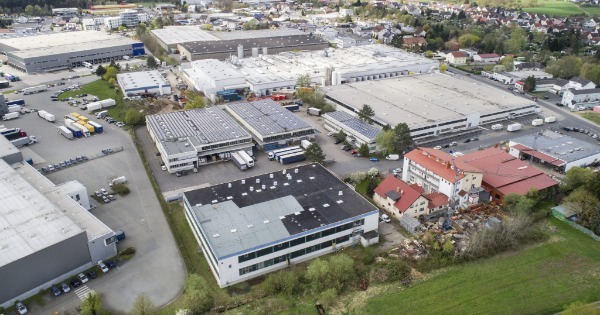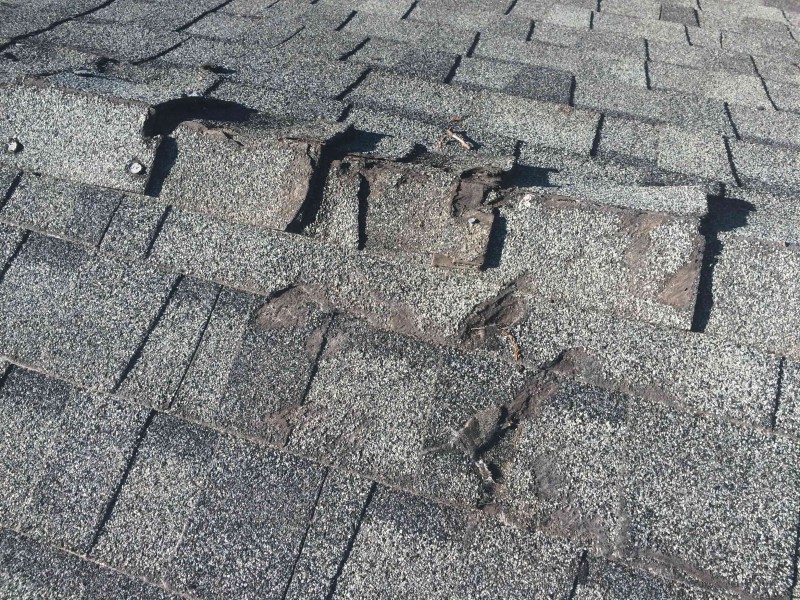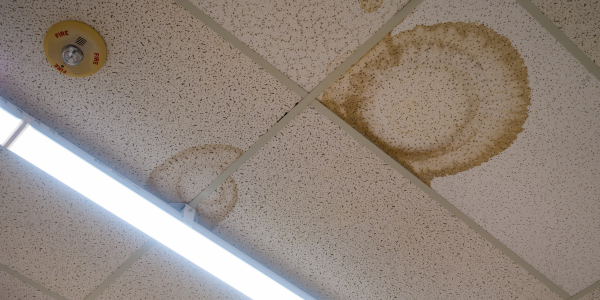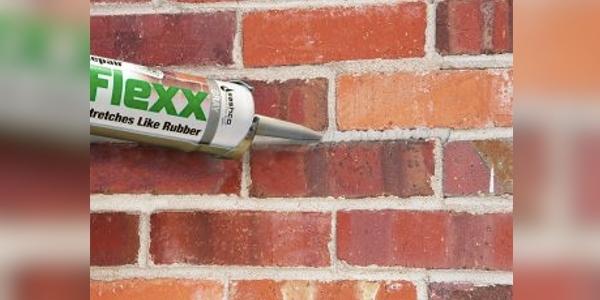Pros & Cons to PVC, TPO and Reinforced Coatings Systems

By Western Colloid.
We compare these three roof systems to help you weigh your options when choosing between each type.
When it comes to choosing a roof system there are plenty factors to consider. Of course, cost factors heavily into the decision process, however, both single-ply and built-up roofing offer a different set of advantages. Plus, there are some cases where one type of roofing is better suited to a project than others. Read on for a full overview of each roof system and what they bring to the table.
TPO roofing
Thermoplastic Polyolefin (TPO) single-ply roofs are a type of thermoplastic roof. They are a popular system that has been around since the 1990s. However, these roofs change shape when heated. This is a potential problem for TPO roofs in areas that experience lots of sun. For example, buildings in the southern United States will need to consider this when thinking about installing a TPO roof.
But there is good news! As this is a relatively new product, manufacturers continually update their formulas to try and get a better level of performance. This means that product quality continues to improve.
PVC Roofing
Polyvinyl Chloride (PVC) roof systems—another type of thermoplastic roof—have been around since the 1960s. This kind of roof has good chemical resistance and flexibility. However, older PVC roofs tend to shrink in cold weather. As a result, the National Roofing Contractors Association recommends no foot traffic on PVC roofs in weather colder than 50 degrees.
Fluid Applied Reinforced Roof Systems
Fluid Applied Reinforced Roof (FARR) systems are coatings that are reinforced with two layers of polyester. These types of reinforced coatings systems are incredibly versatile. That’s because they were designed to be economical as overlays.
Also, they’re compatible with many roofing systems and are lightweight enough to be applied on top of two existing roof systems without impacting you’re the building’s structure. This could save thousands of dollars on new building code upgrades compared to having a roof replaced.
These roofs are also easy and inexpensive to renew when properly specified, installed, and warrantied by the manufacturer.
Overall, FARR systems are puncture-resistant, energy-efficient, low VOC, self-adhering roofing systems. This system will protect the existing roof from UV rays and lengthen its lifespan significantly.
Have a question? AskARoofer.
Find your local roofing contractor in the RoofersCoffeeShop® Contractor Directory.













Comments
Leave a Reply
Have an account? Login to leave a comment!
Sign In